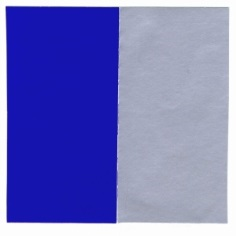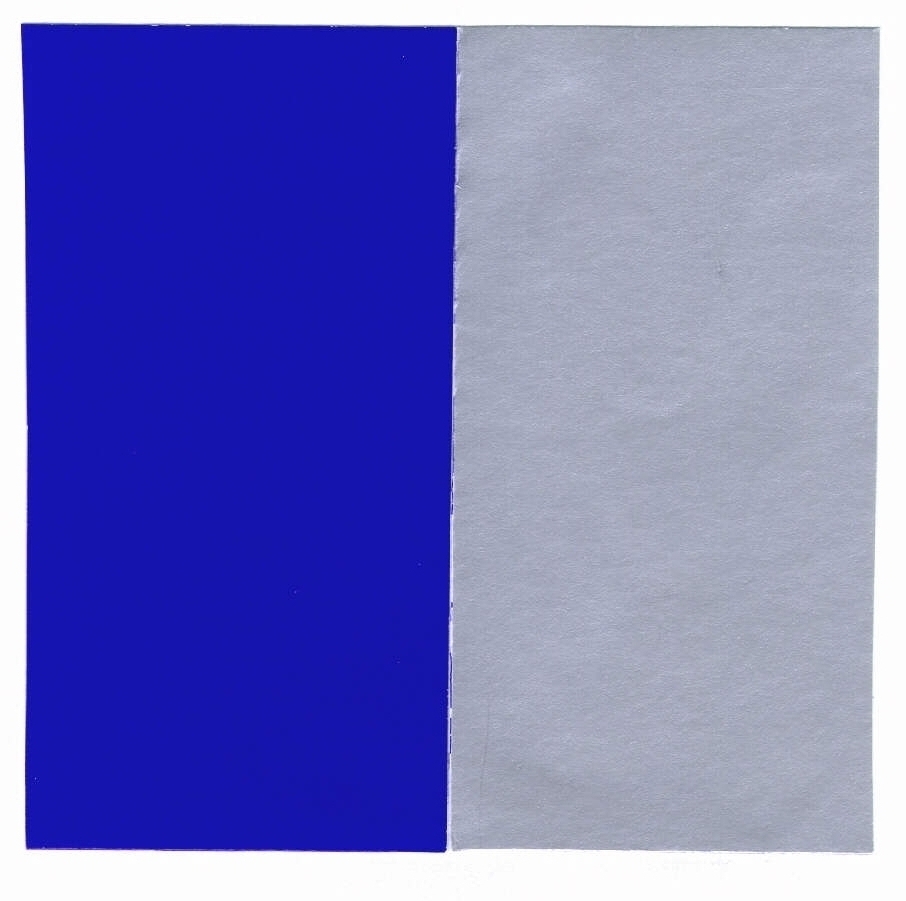
How to protect the combination of two colors? European General Court denies Red Bull trademark protection.
On 30 November 2017, the European General Court (EGC) upheld the previous decision of the Board of Appeal of the EUIPO in the joined cases T-101/15 and T-102/15, Red Bull v EUIPO. The EGC confirmed that the registered trademark consisting of two colors allowed several different combinations as the application did not display the requirements of precision and uniformity set out by Article 4 of Regulation No 207/2009. Now, the case continues to the next instance and so the highest court in the EU, the Court of Justice of the European Union (CJEU), will have the last word, whether the color combination will further benefit from legal protection.


EU trademark No. 002534774 EU trademark No. 009417668
Background of the case
The Austrian company Red Bull GmbH, founded in 1987, is the market leader for energy drinks. In 2002 and 2010 the company filed for two color combinations as EU trademarks for energy drinks in class 32, No. 002534774 and No. 009417668. The first trademark was described as a combination of the colors blue (RAL 5002) and silver (RAL 9006) with ratio of the colors of approximately 50%-50%. The later one was then characterized as combination of the colors blue (Pantone 2747C) and silver (Pantone 877C). These two colors should be applied in equal proportion and juxtaposed to each other. However, in 2011 and 2013 a Polish company, Optimum Mark, filed a cancellation request against these two trademarks.
The cancellation division, and later also the Board of Appeal (BoA), decided in both cases that the trademarks do not fulfil the requirements of Article 4 of Regulation No 207/2009. The graphic representation of the depicted color combination was found lacking the qualities of precision and uniformity. In their opinion, it just constituted the mere side-by-side contrast of two colors, designated in an abstract format and without any contours.
On 30 November 2017, the EGC upheld this point of view in a joined decision. It argued that the trademarks “allowed several different combinations of the two colors and the accompanying description did not provide additional precision”. Now, the case continues further to the next instance as Red Bull filed an appeal to the CJEU.
MARQUES, the European brand owners´ association, supported Red Bull and intervened before the Court in its favour. Now, MARQUES publicly expressed its disappointment with the outcome. According to their assessment, the current decision unfairly discriminates owners of color combination trademarks by requiring an additional explicit description. In the result, the applicants will be obliged to explain how the colors will be placed on products or applied in marketing materials. This requirement is to be fulfilled even though such trademark has already once been proven to be distinctive due to extensive use. In consequence of above mentioned, the decision of the EGC might wrongly set the bar too high and make the protection of color combination trademarks effectively impossible.
Related
- "Neuschwanstein" is not a trademark!
- 1 December 2017: Madrid Monitor takes its place as the one and only tool for tracking international trademarks
- 1 January 2020 - Changes in Classifications - Trademarks, Designs, Patents and Utility Models
- 100th Anniversary of Bavaria (Germany) - A glance at trademarks, start-ups, innovation & events
- 10th Anniversary Edition - 10 Things to Know about LexDellmeier - Past, Present & Future
- 14 June 2013: Munich Patent Law Conference - Calculating Damages in Patent Infringement Cases
- 15 Top Brands - Interactive Brand Rating - Years 2000 - 2018
- 15 Years LexDellmeier - 2024 New Year Wishes
- 2014: Statistics for Community Trademarks
- 2024 World IP Day - Building Our Common Future with Innovation and Creativity
